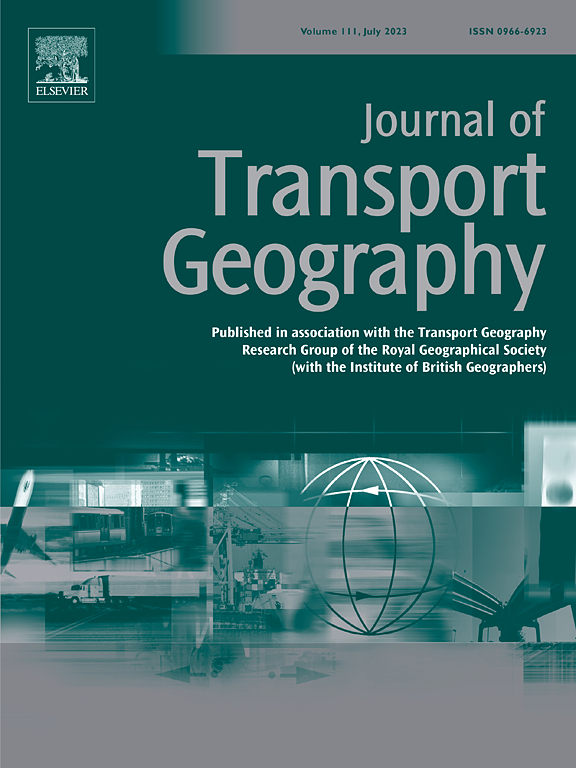Urban electric vehicle infrastructure: Strategic planning for curbside charging
IF 6.3
2区 工程技术
Q1 ECONOMICS
引用次数: 0
Abstract
As electric vehicles (EVs) become increasingly popular, urban areas face the challenge of deploying accessible charging infrastructure. This paper presents a diverse stakeholder framework for the strategic planning of curbside EV charging stations, focusing on San Francisco, CA. Utilizing a geospatial multi-criteria decision-making framework, this study evaluates potential curbside charging sites based on economic, fairness, and environmental criteria. Four scenarios (i.e., entropy weight method, equal weight method, high demand, and high need) are analyzed to produce curbside charging suitability maps and installation plans. A benefit evaluation system is incorporated to assess the economic, environmental, and social impacts of the proposed installation plans. The results show that the high need scenario, which targets underserved areas with high social and environmental needs, provides the greatest equity benefits. On the other hand, the high demand scenario focuses on areas with heavy traffic and high parking turnover, maximizing economic and environmental benefits, and outperforming the entropy weight method, equal weight method, and high need scenarios by 14%, 23%, and 57% in environmental benefits and 17%, 16%, and 13% in economic benefits, respectively. Neighborhoods are classified into six clusters based on factors such as demographics, parking space availability, and parking regulations to uncover the unique characteristics and needs. Urban planners should prioritize high-density residential areas for curbside charging, adjust parking regulations by extending EV parking durations during off-peak and establishing dedicated EV charging zones to reduce conflicts with general parking needs, and implement targeted incentive programs to facilitate curbside charging installations in underserved neighborhoods.
城市电动汽车基础设施:路边充电战略规划
随着电动汽车(ev)的日益普及,城市地区面临着部署无障碍充电基础设施的挑战。本文以美国旧金山为例,提出了一个基于不同利益相关者的路边电动汽车充电站战略规划框架。利用地理空间多标准决策框架,本研究基于经济、公平和环境标准对潜在的路边充电站进行了评估。通过对熵权法、等权法、高需求法和高需求法四种场景的分析,得出路边充电适宜性图和安装方案。一个效益评估系统被纳入评估拟议安装计划的经济、环境和社会影响。结果表明,以社会和环境需求高的服务不足地区为目标的高需求情景提供了最大的公平效益。高需求场景以交通流量大、停车周转量大的区域为研究对象,实现了经济效益和环境效益的最大化,环境效益比熵权法、等权法和高需求场景分别高出14%、23%和57%,经济效益分别高出17%、16%和13%。根据人口统计、停车位可用性和停车法规等因素,将社区划分为六个集群,以揭示独特的特征和需求。城市规划者应优先考虑高密度居民区的路边充电,调整停车规定,延长电动汽车在非高峰时段的停车时间,建立专用的电动汽车充电区,以减少与一般停车需求的冲突,并实施有针对性的激励计划,促进在服务不足的社区安装路边充电设施。
本文章由计算机程序翻译,如有差异,请以英文原文为准。
求助全文
约1分钟内获得全文
求助全文
来源期刊

Journal of Transport Geography
Multiple-
CiteScore
11.50
自引率
11.50%
发文量
197
期刊介绍:
A major resurgence has occurred in transport geography in the wake of political and policy changes, huge transport infrastructure projects and responses to urban traffic congestion. The Journal of Transport Geography provides a central focus for developments in this rapidly expanding sub-discipline.
 求助内容:
求助内容: 应助结果提醒方式:
应助结果提醒方式:


